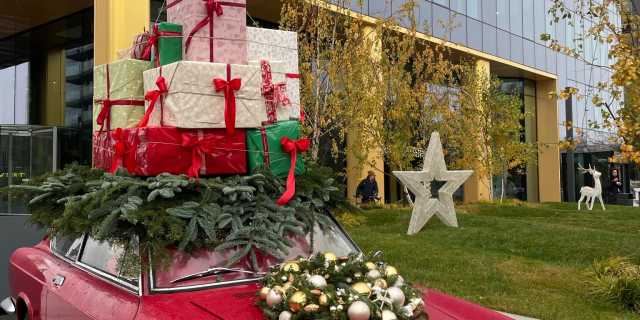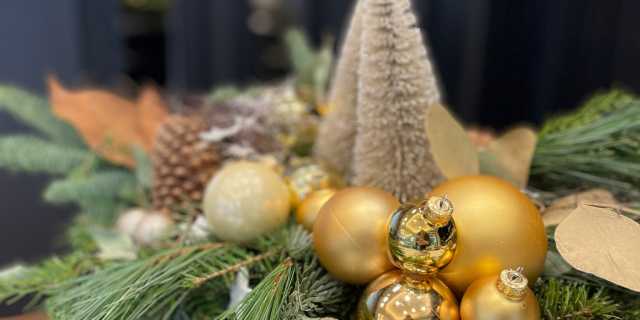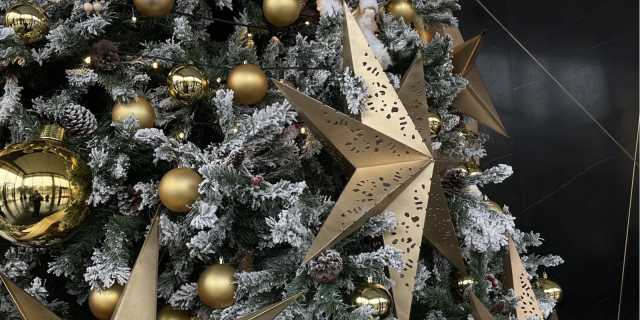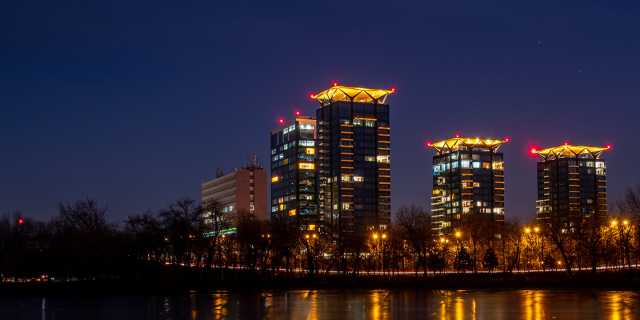Hanu’ lui Manuc
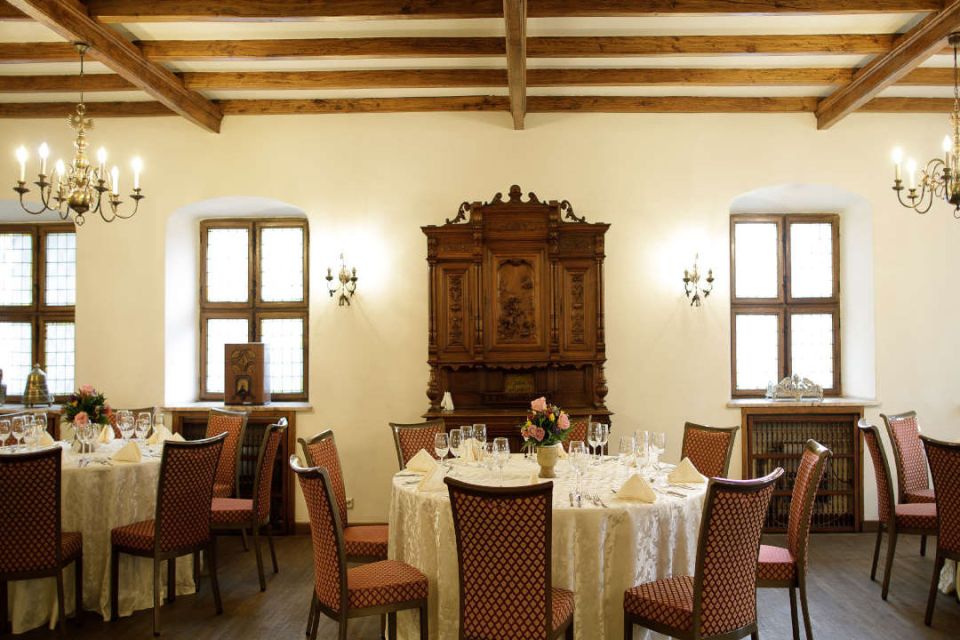
The story of Manuc's Inn restaurant is linked to that of a wealthy merchant of Armenian origin - Emanuel Mîrzayan (Manuc-bei). Following some political instability in his country, he took refuge in Bucharest, where, between 1806 and 1808, he would build the inn that bears his name on a piece of land that had been part of the Royal Court, bought together with other estates. It had over 100 rooms for guests, being also equipped with several cellars, kitchens, storerooms, and servants' rooms, along with two salons and an inner courtyard where a cafe had been set up. Manuc-bei did not stay away from the political world either, supporting Constantin Ipsilanti, lord of Wallachia at the time, and making his inn available for the signing of the peace treaty that marked the end of the Russo-Turkish war of 1806-1812. After his death, the inn will pass one by one into the ownership of several people.
Following the earthquake of 1831, it was partially destroyed, and once it was taken over, three decades away, by Lambru Vasile, it was rebuilt and renamed the Grand Hotel Dacia. In parallel with various political meetings, numerous secular events were also organized on the inn premises, such as masked balls and theatre performances. In the 1990s and 2009, new consolidation works were carried out, and the former inn operates today as a restaurant, bearing Manuc's name.
Casa Capșa
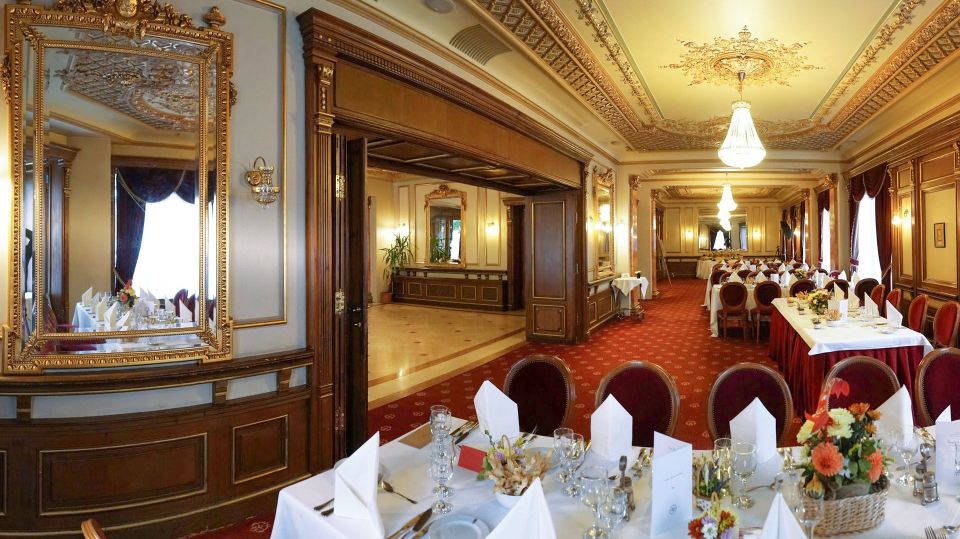
Opened 170 years ago under the name "La doi frați, Anton și Vasile Capșa", it operated at that time as a confectionery. Casa Capșa is one of the longest-running restaurants in Bucharest. Initially, it opened its doors on the site of a former inn, Damari, being later moved to the Slătineanu house, where it has remained until now. The expansion of the confectionery with a cafe and a hotel took place starting with 1886. Once this step was taken, the elites of the time would come to Capșa House more and more often: they were artists, politicians, or journalists, but especially writers, such as Ion Barbu, a loyal customer of the place, Liviu Rebreanu, Ionel Teodoreanu, Camil Petrescu, and Ion Minulescu.
Over time, Casa Capșa has been the supplier of several royal houses, also distinguishing itself on the occasion of a visit by an important French marshal who was diabetic. For him, the master confectioner Grigore Capșa specially designed a cake, called Joffre, named in honour of the important guest and adopted quickly by other international cuisines as well.
Caru’ cu bere
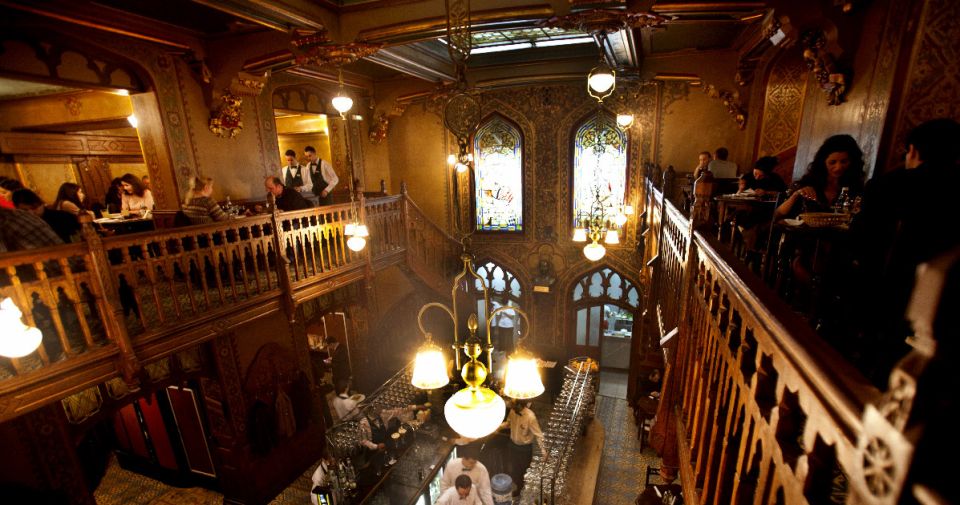
Caru' cu Bere restaurant opened its doors in 1879, and its first owner was Ion Căbășanu. Two of his nephews, Gheorghe and Ion Mircea worked with him and were later joined by their brother, Nicolae. Later, more and more family members were involved in the business, and in 1897 the current location of Caru' de Bere restaurant was bought. The building was inaugurated in the summer of 1899, and it was structured on several levels: the cellars, intended for storing the beer and wine barrels, the ground floor, where the restaurant was set up, two floors which housed the rooms of the owner and the employees, and a heightened attic. Its architecture is in the neo-Gothic style, and the plans were made by the architects Zigfrid Z. Kofczinski and Al. Fish. Among the most representative elements is the vaulted ground floor, embellished with stained glass windows, mosaics, and carved panelling.
With the establishment of the communist regime in 1947, the only solution for the restaurant to survive was the signing of a contract with the Waiters’ Association. However, a year later the brewery became the property of the state. After the fall of the totalitarian regime, the building returned to the ownership of Mircea’s family, and, after a series of renovation works, in 2006 the brewery resumed its activity.
Casa Doina
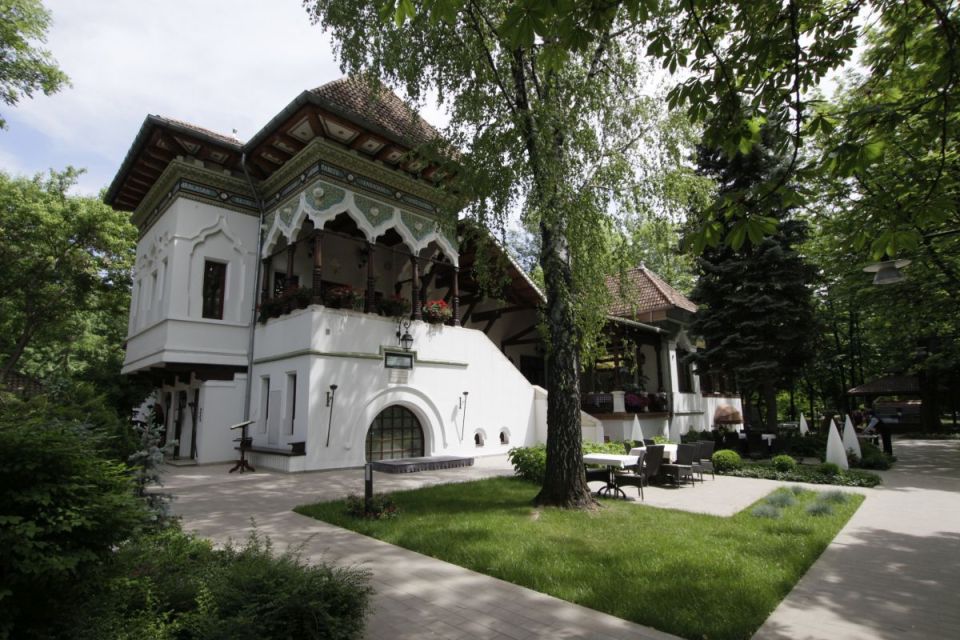
Once frequented by the noble families of the city, Doina House restaurant was not always named this way. In the old days, it was known as "The Roadside Buffet", as the architect Ion Mincu was the first to call it that way. He also designed it, choosing the neo-Romanian style, rendered by the inclusion of a traditional wooden veranda and some decorative elements, coloured in strong blue-green shades, on which representative names of Romania's wine industry are written, visible on the upper plan of the building: Panciu, Cotnari vineyards, Odobești, Berbecu, Drăgășani, and many more. Inside there is also a salon named after the beloved architect.
Although it was originally built at the proposal of the Minister of Public Works at the time, Petre P. Carp, to house a pavilion of the Paris Exhibition of 1890, insufficient funds led to the postponement of the inauguration for another two years. The current name was adopted in 2003, but even after some restoration works, the traditional elements remained unchanged.
Data for this article was obtained from hanumanucrestaurant.ro, capsa.ro, carucubere.ro și casadoina.ro. Credit foto: Britchi Mirela, CC BY-SA 3.0 RO, via Wikimedia Commons.

